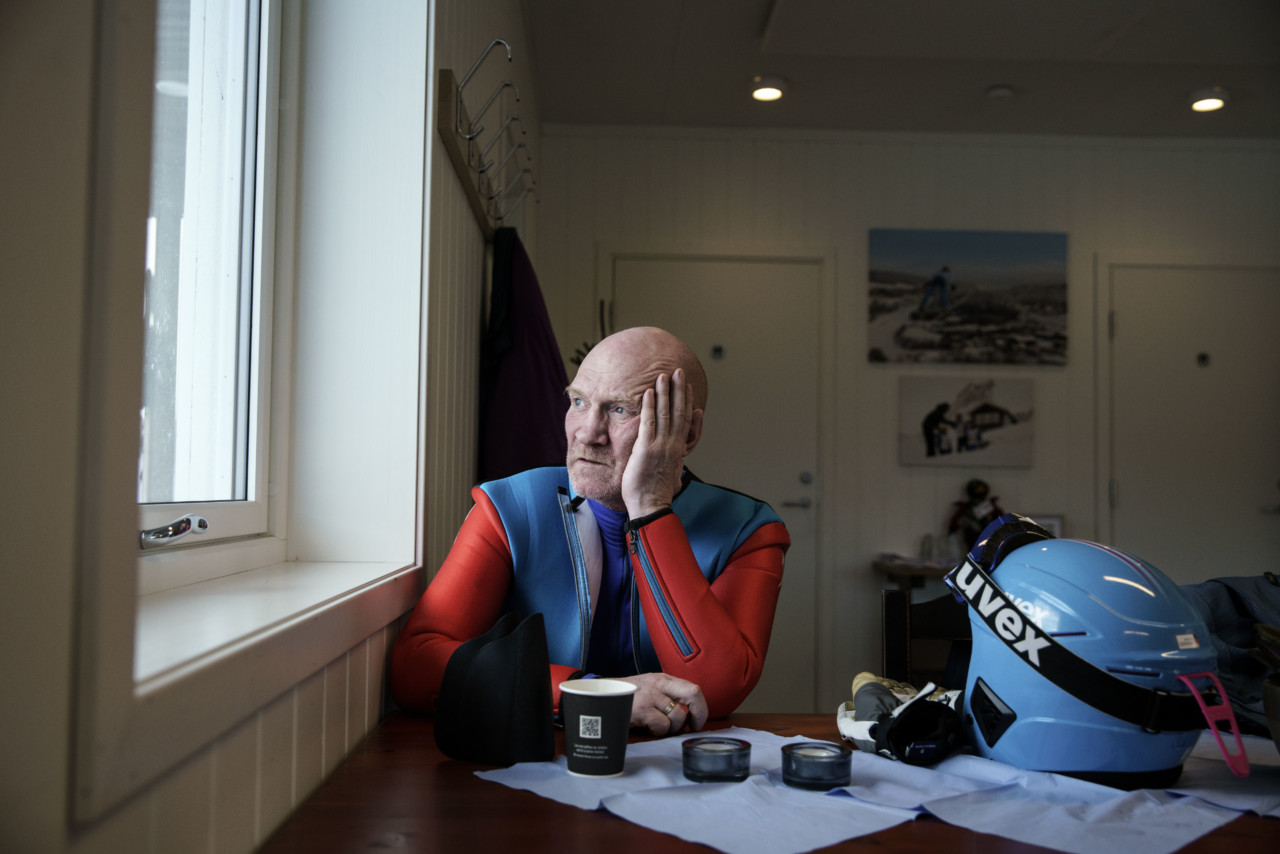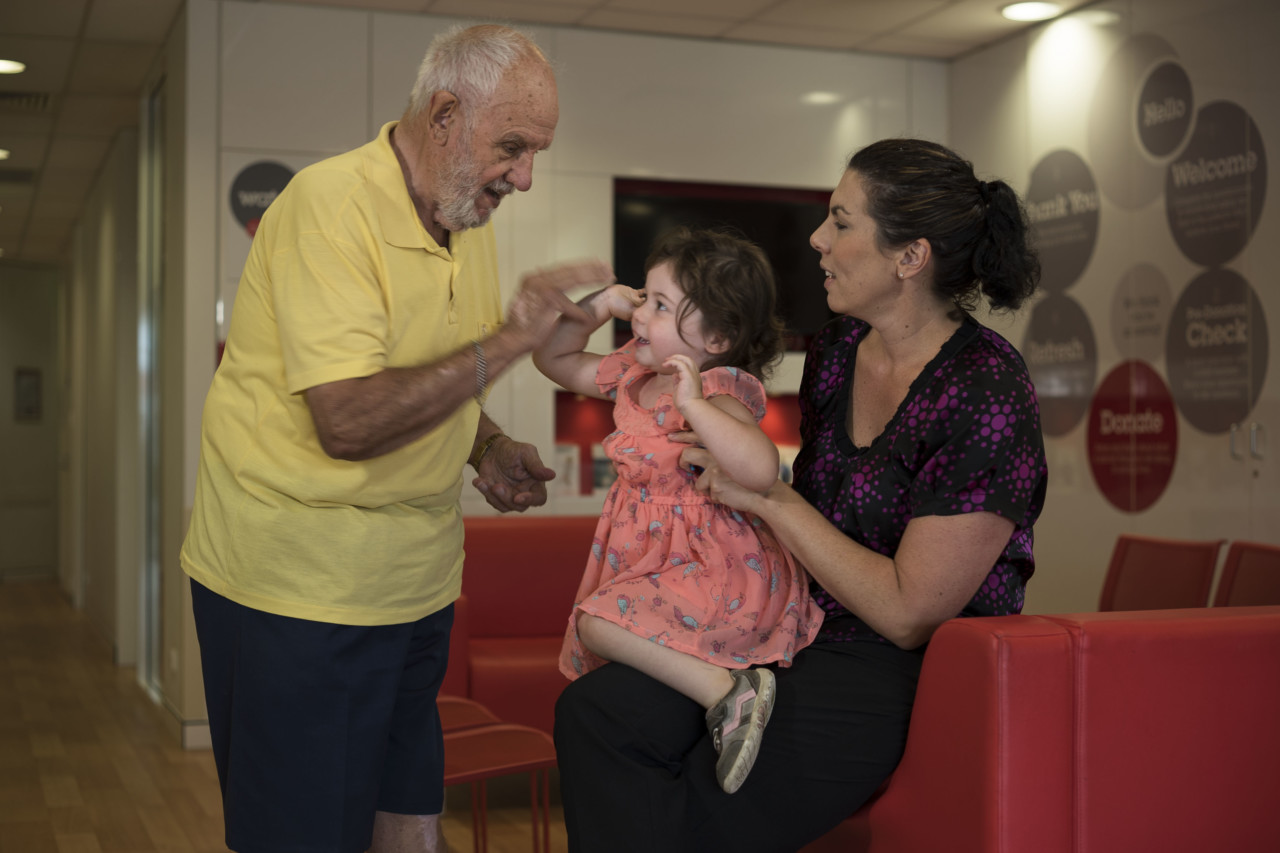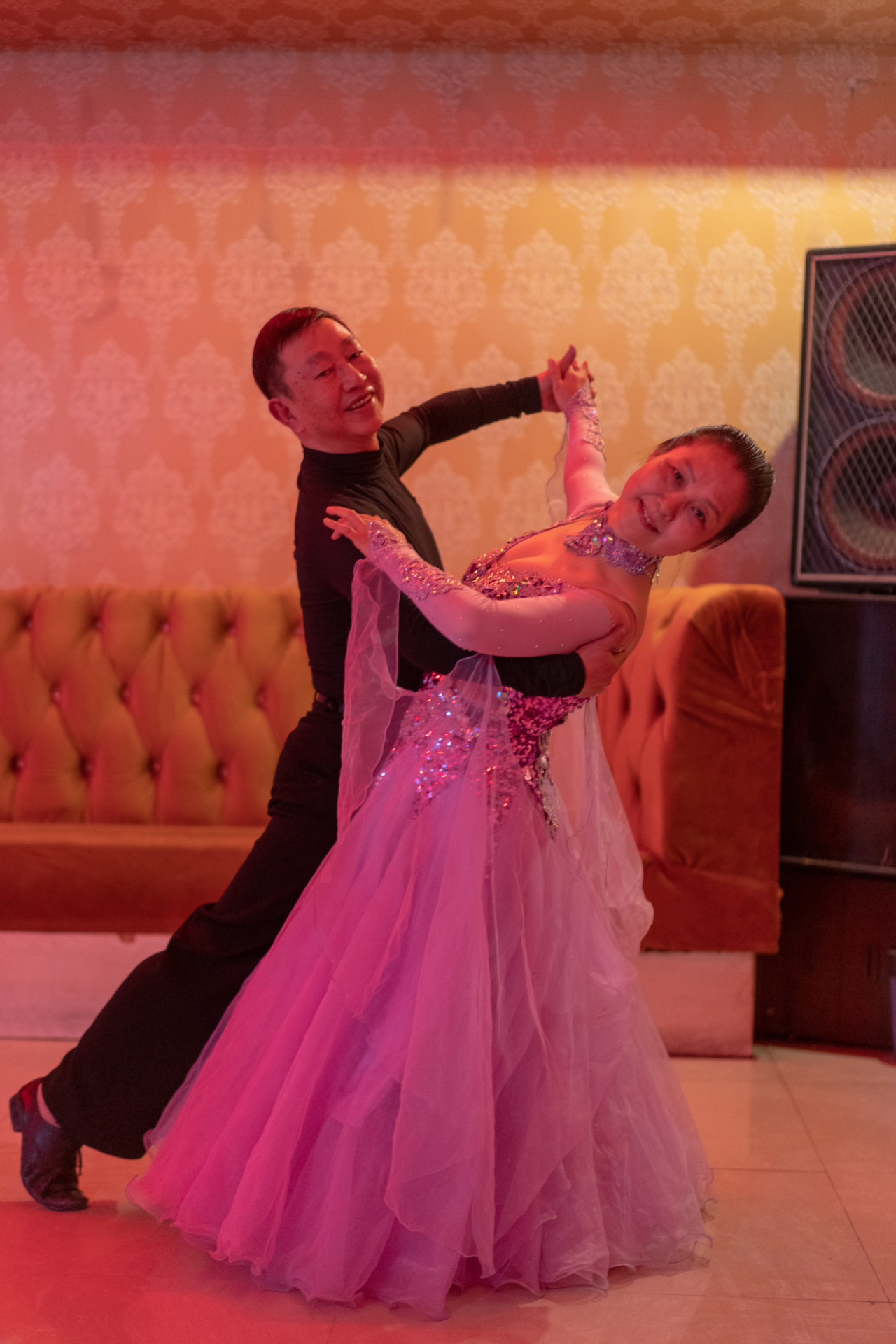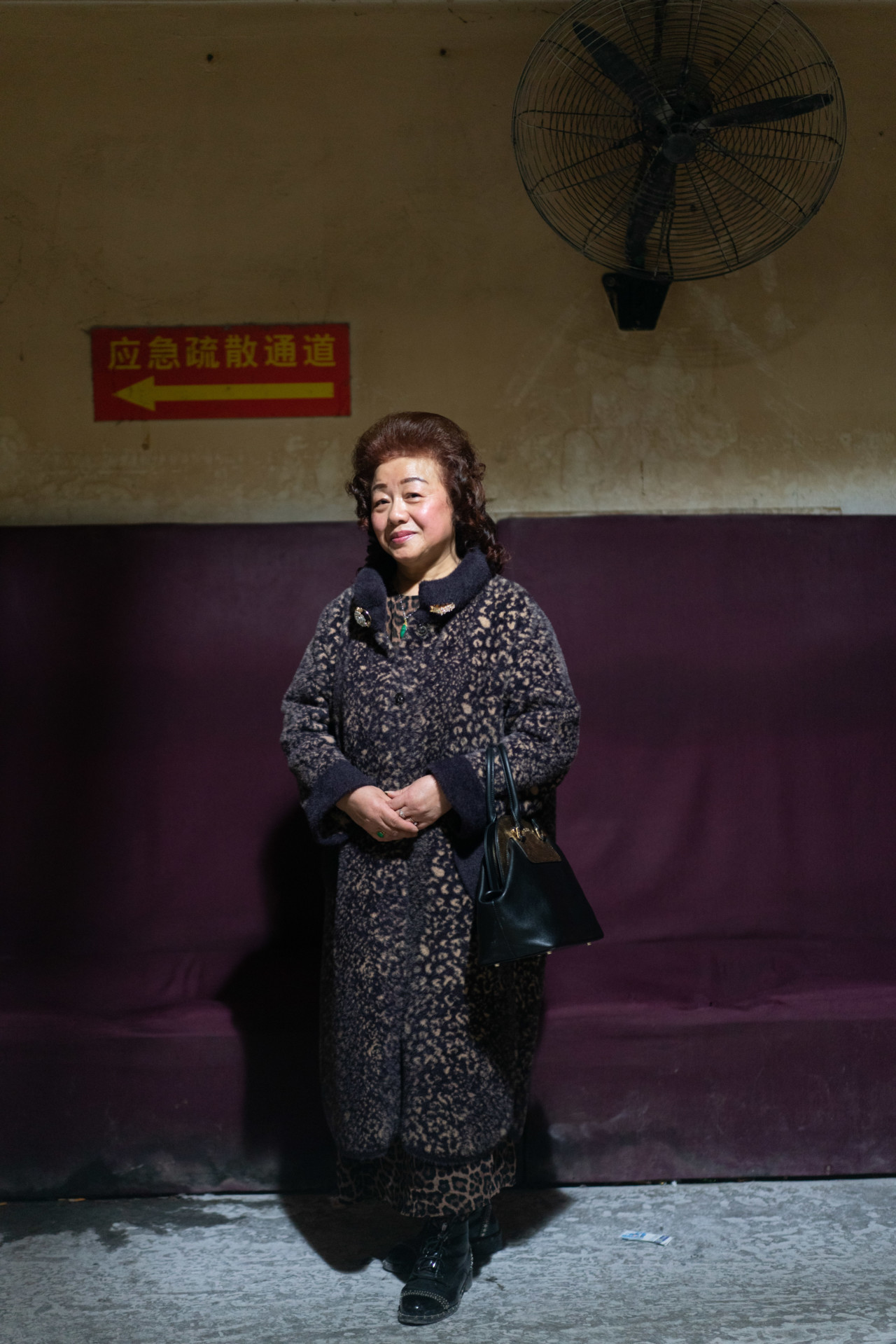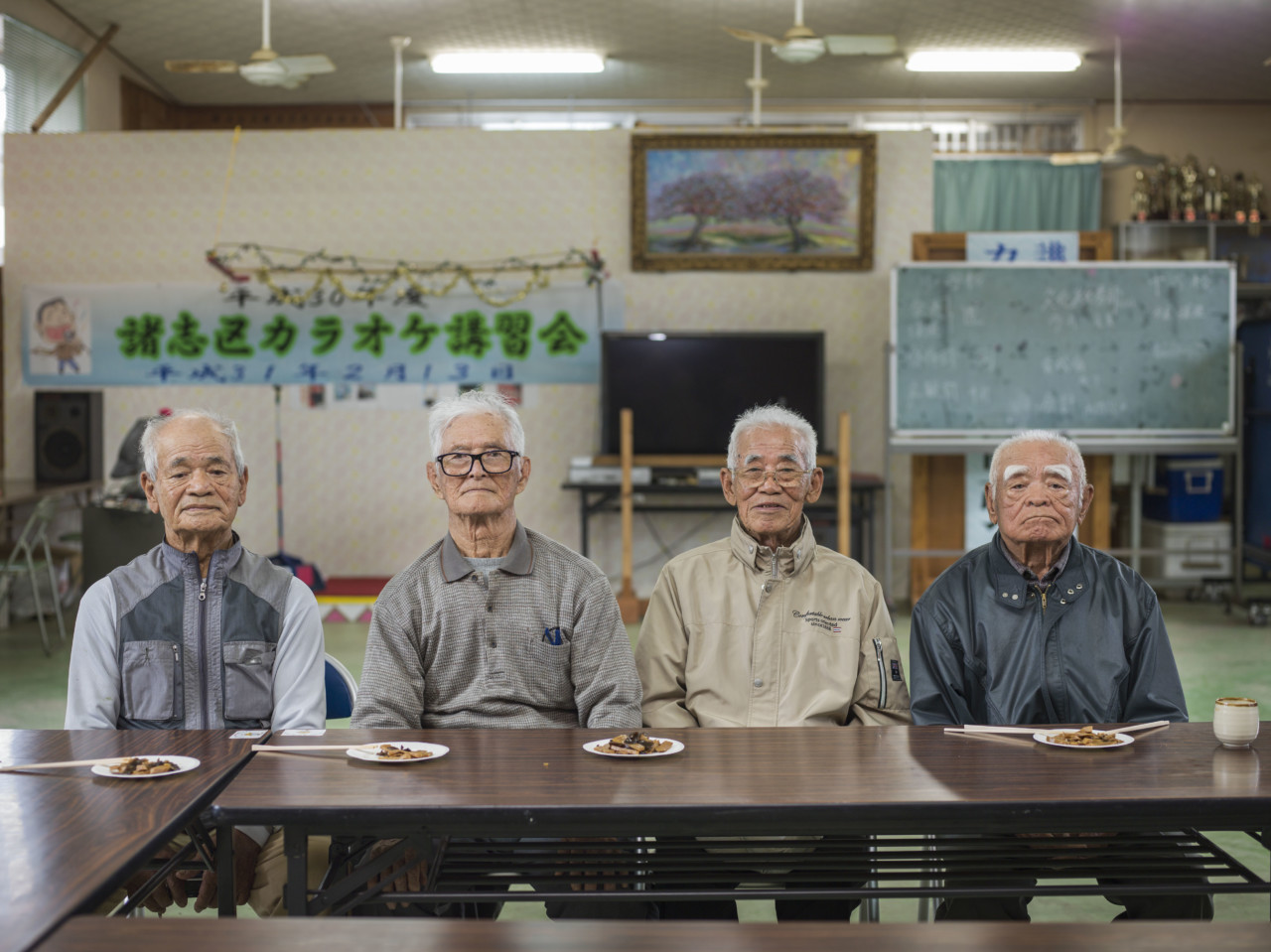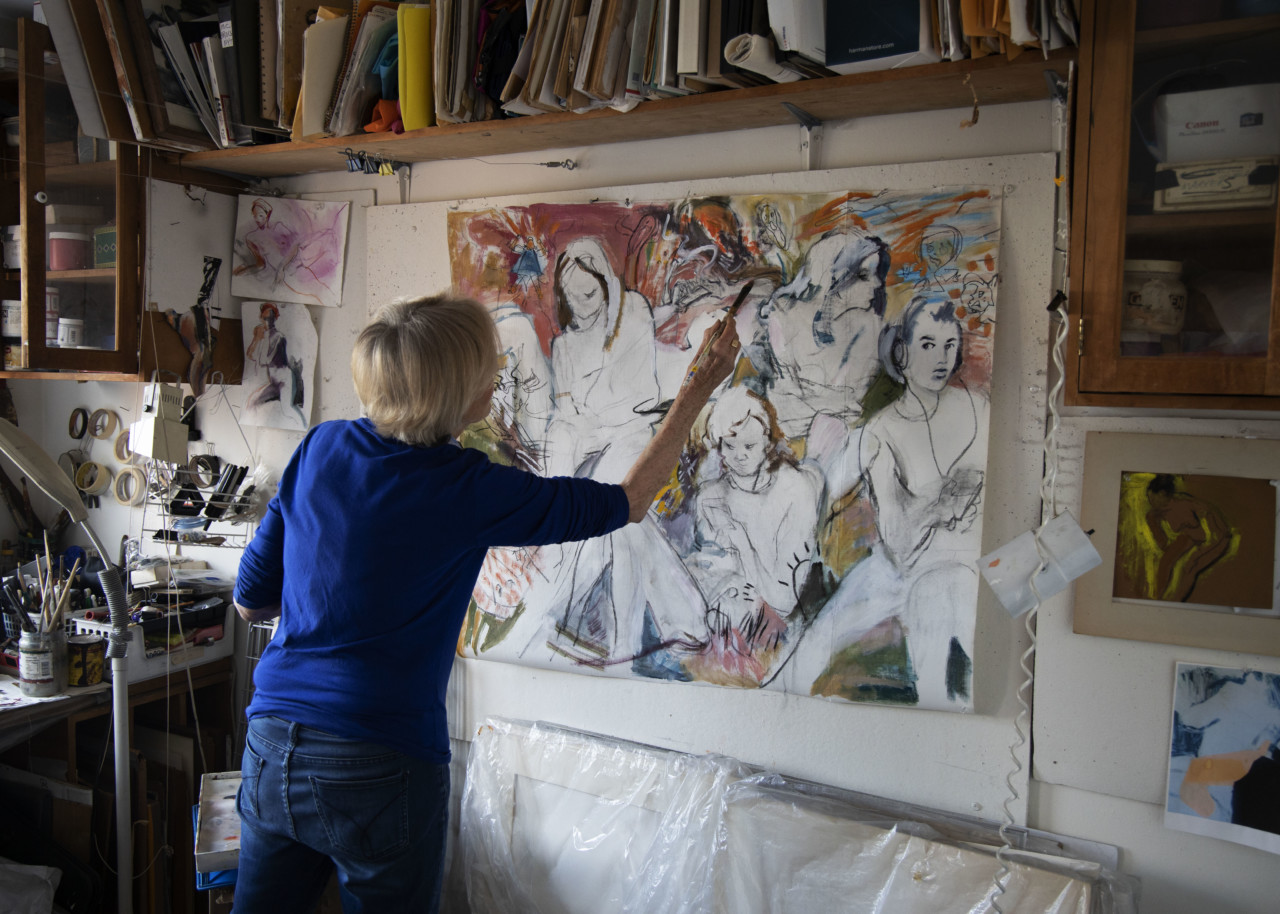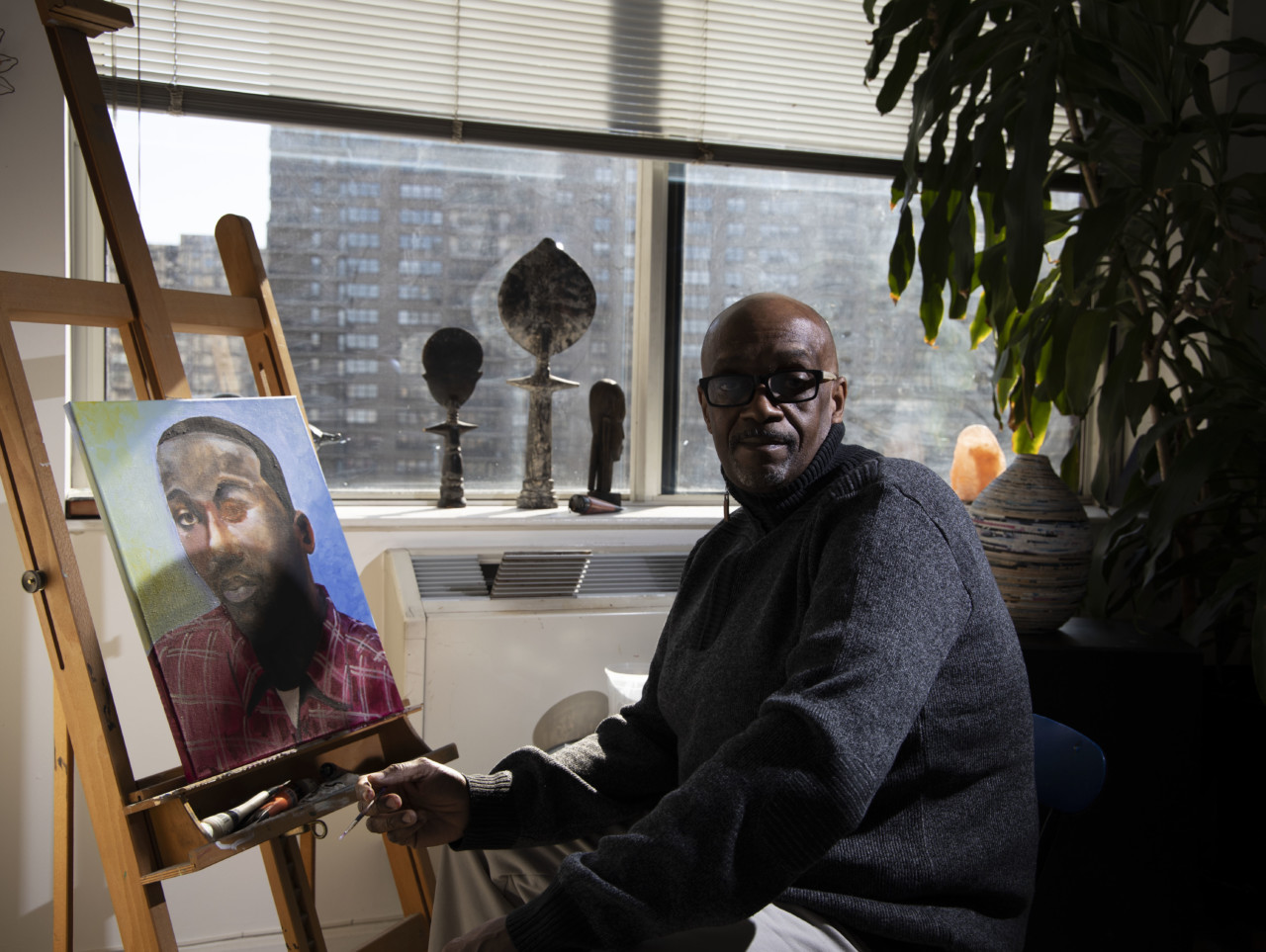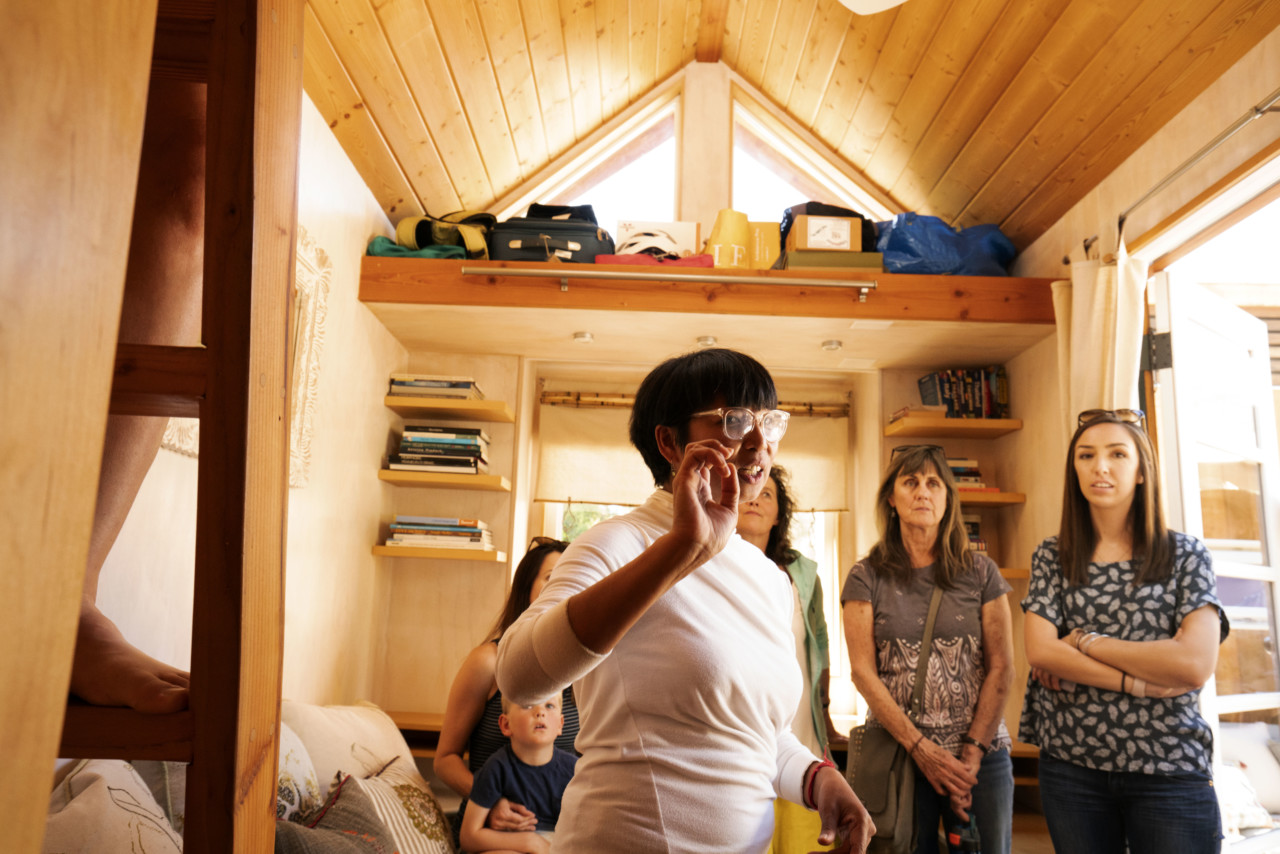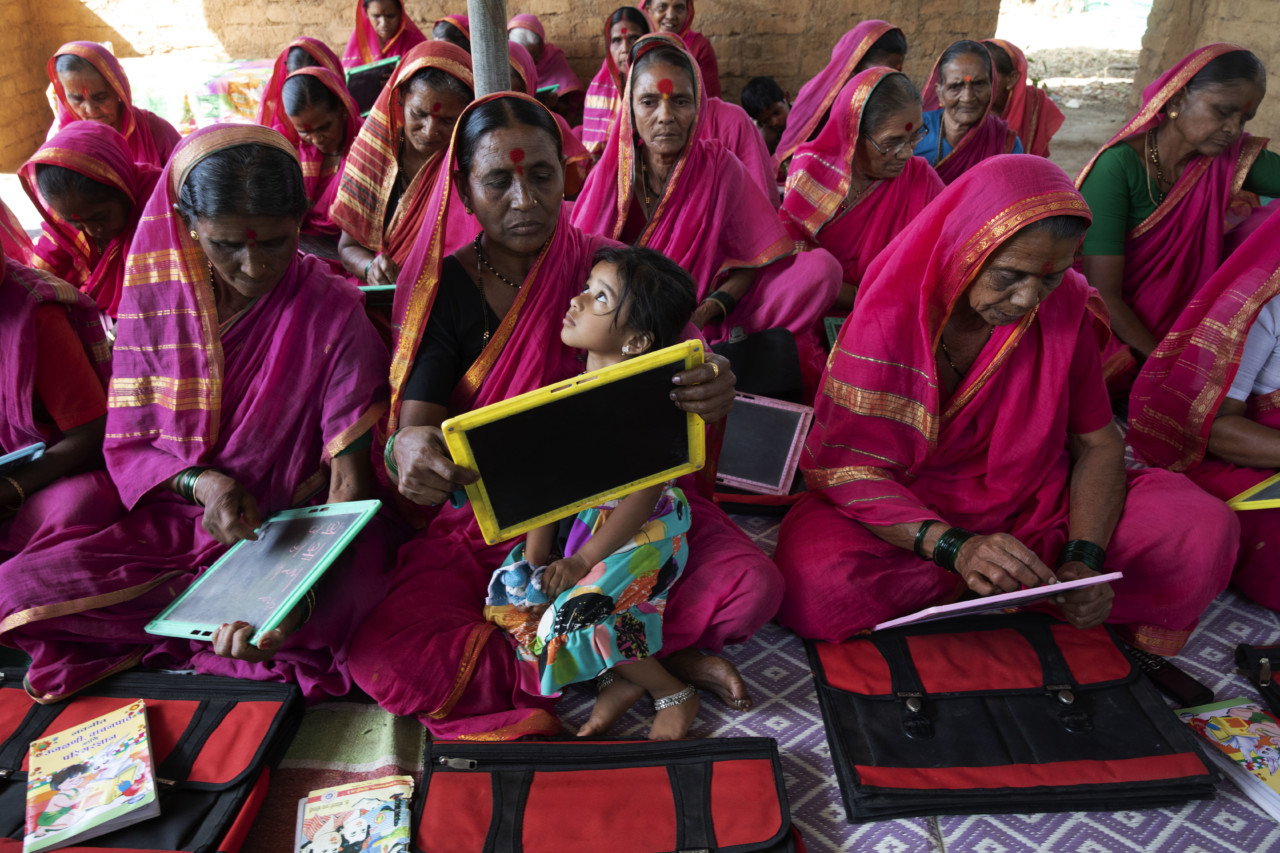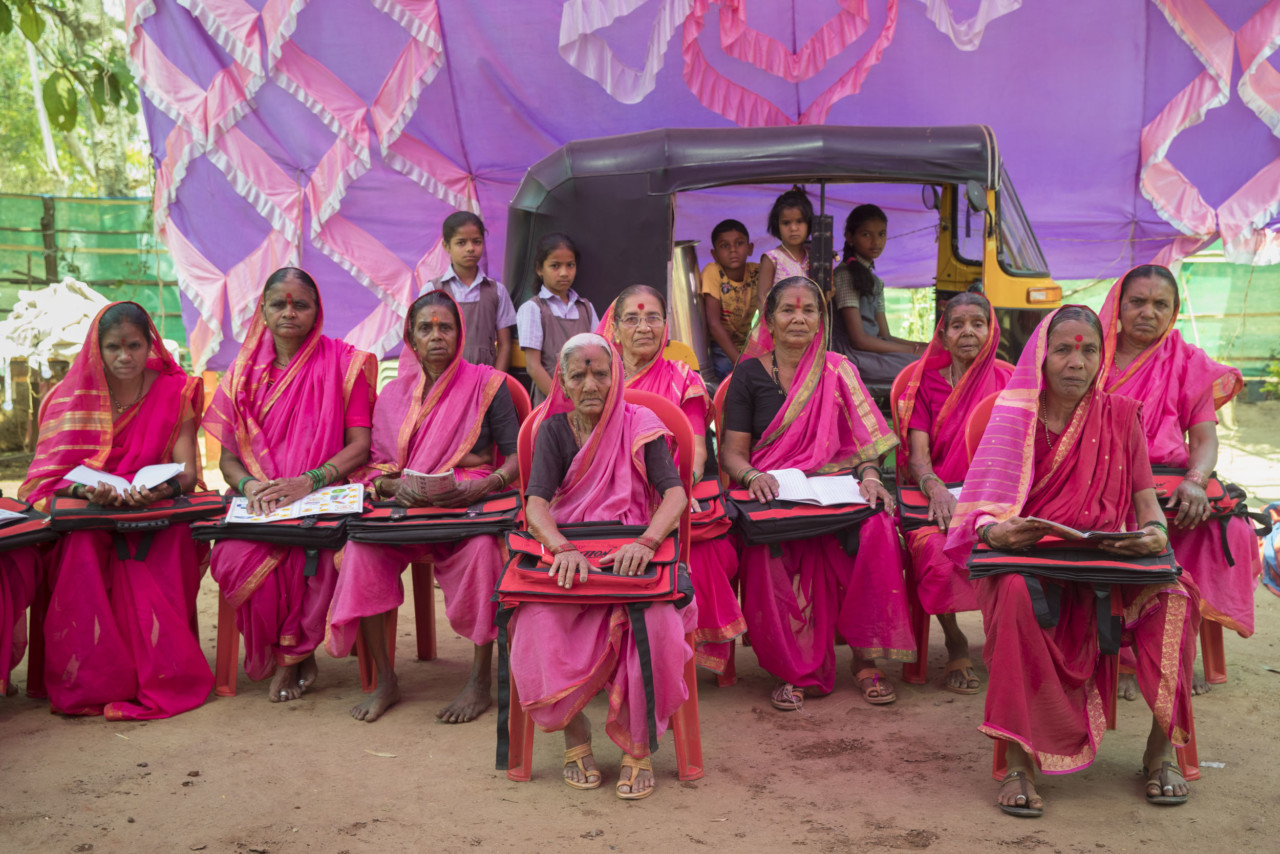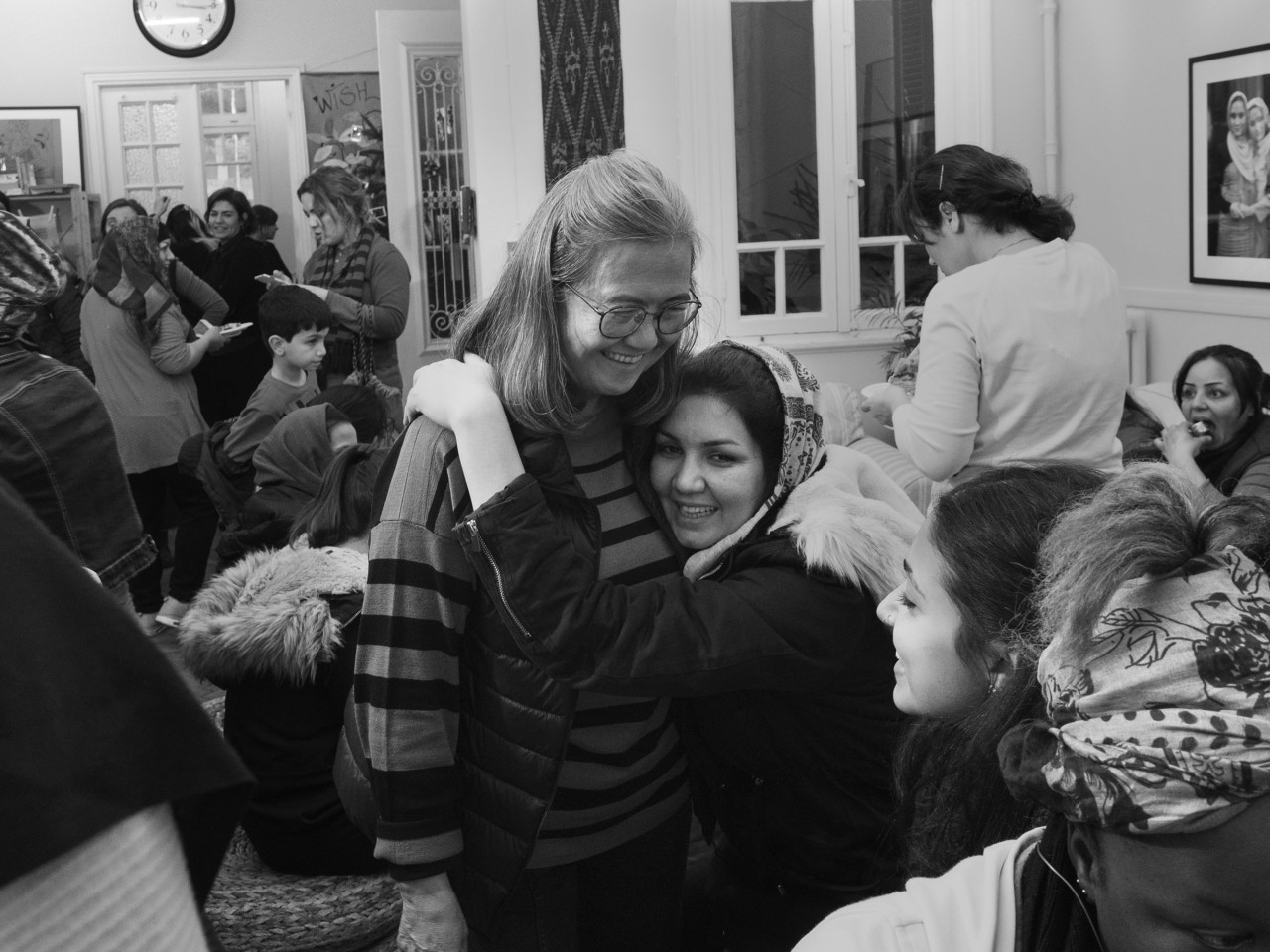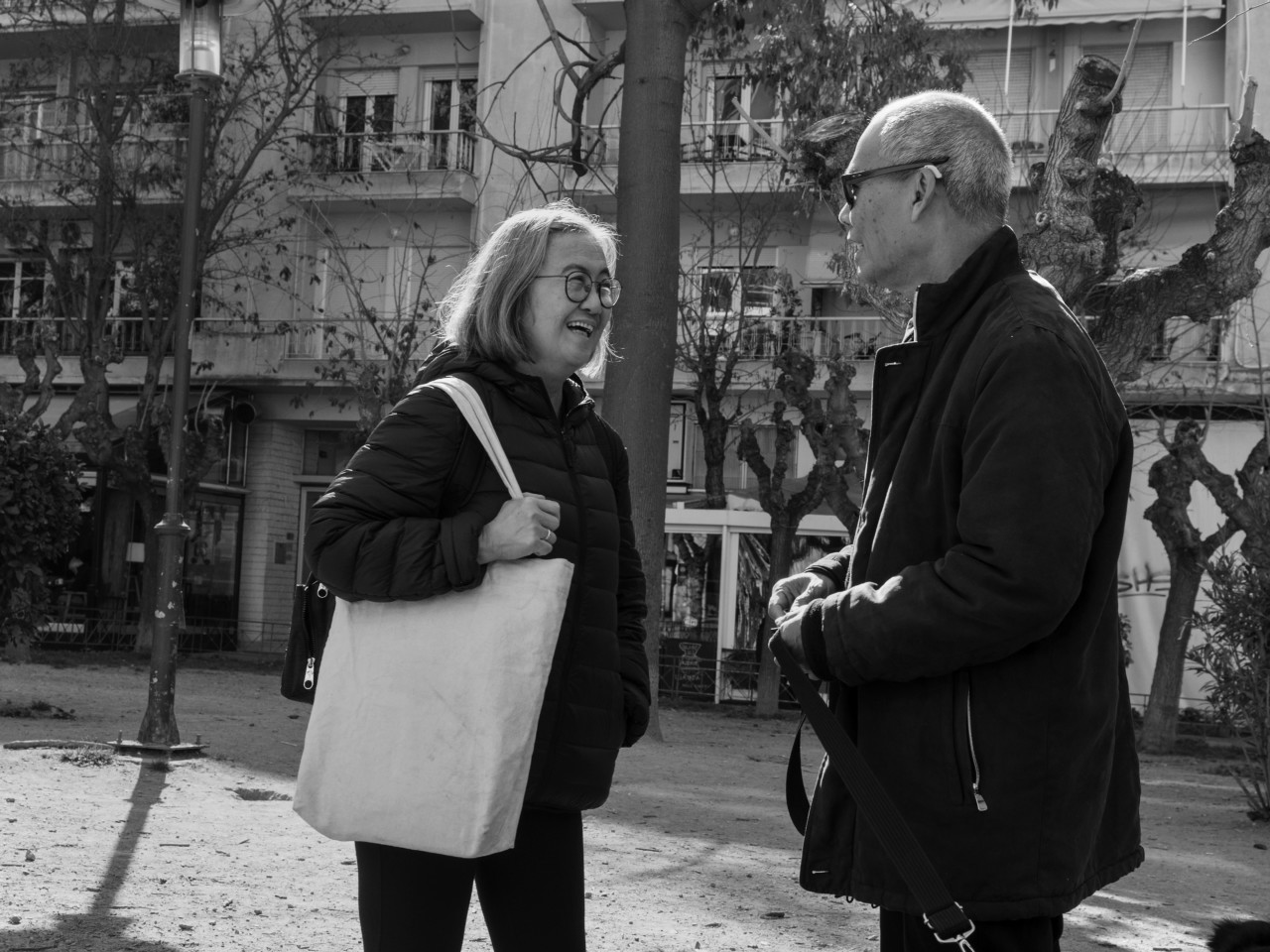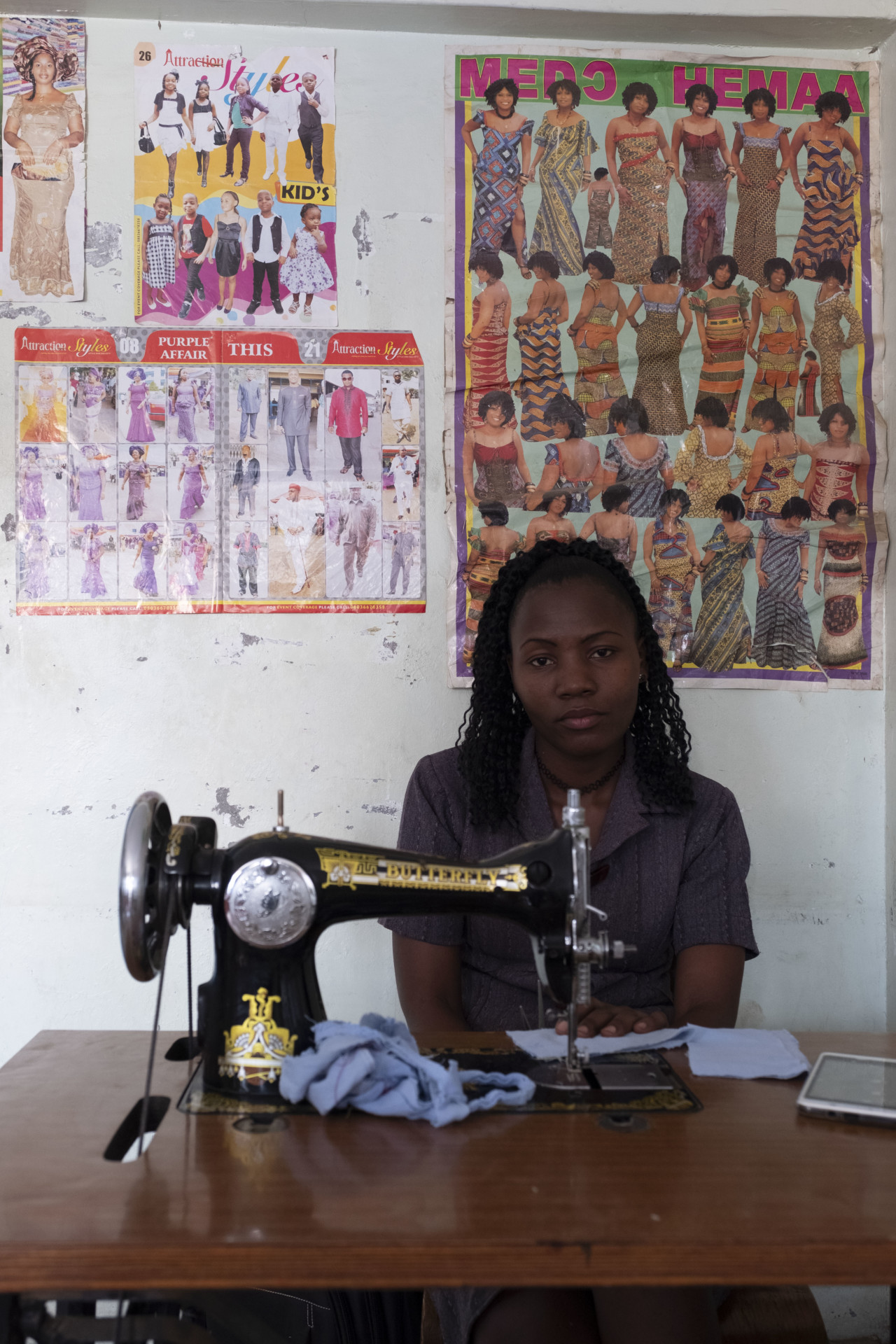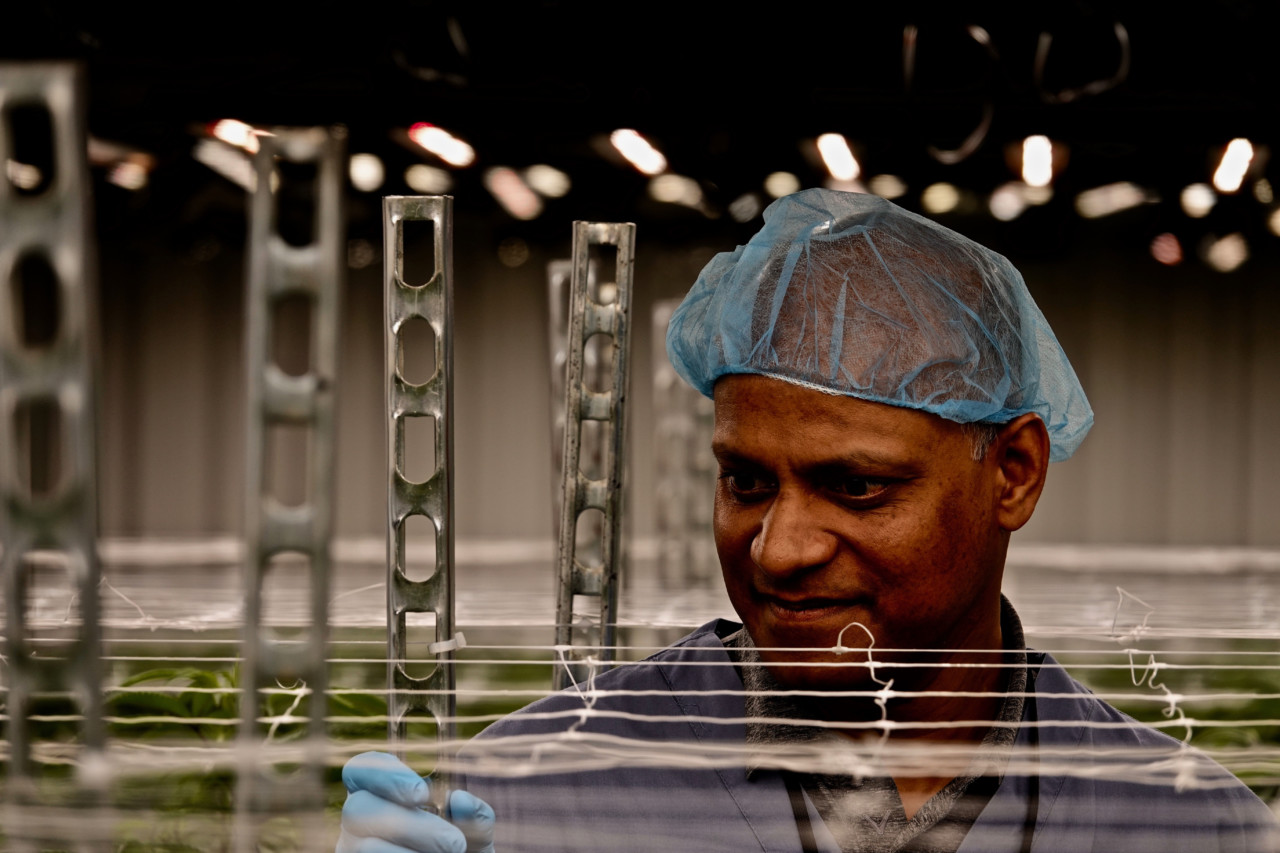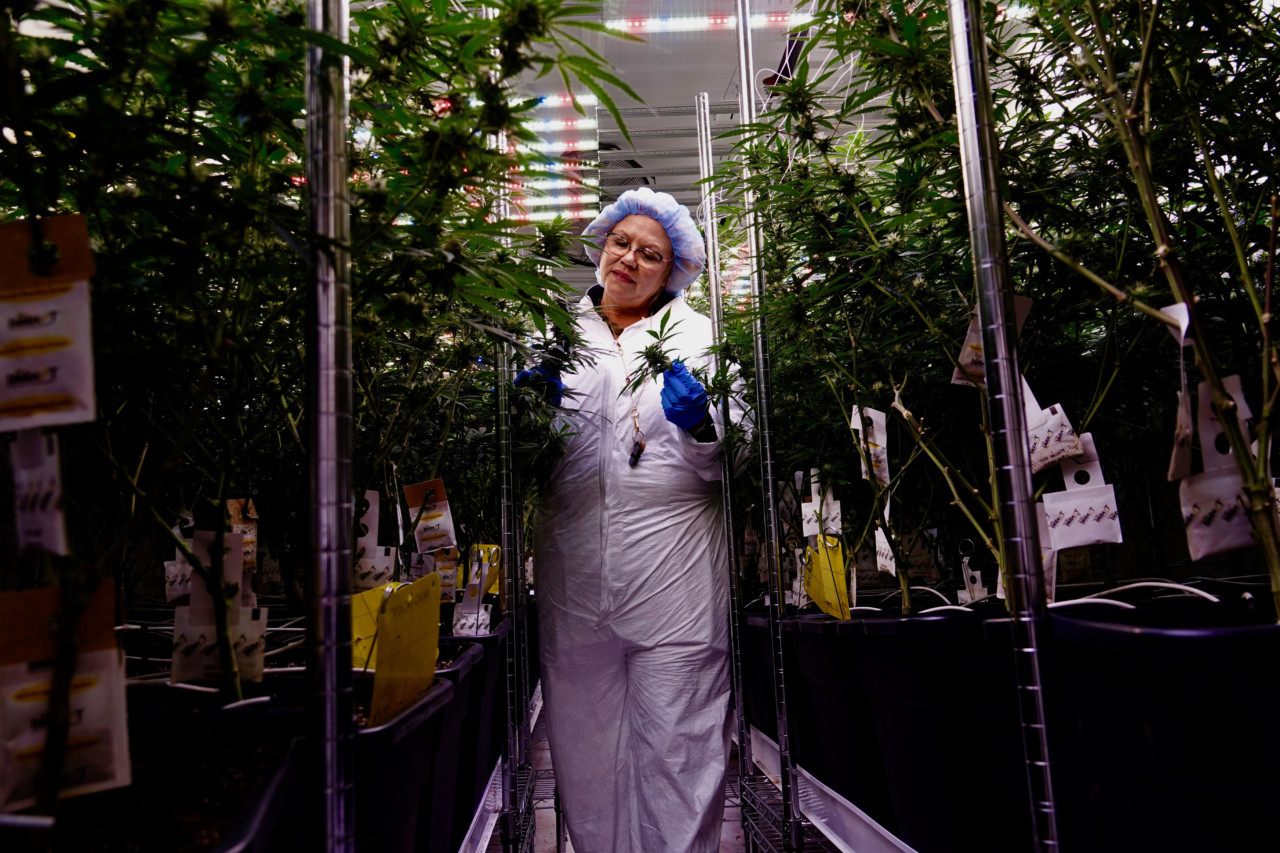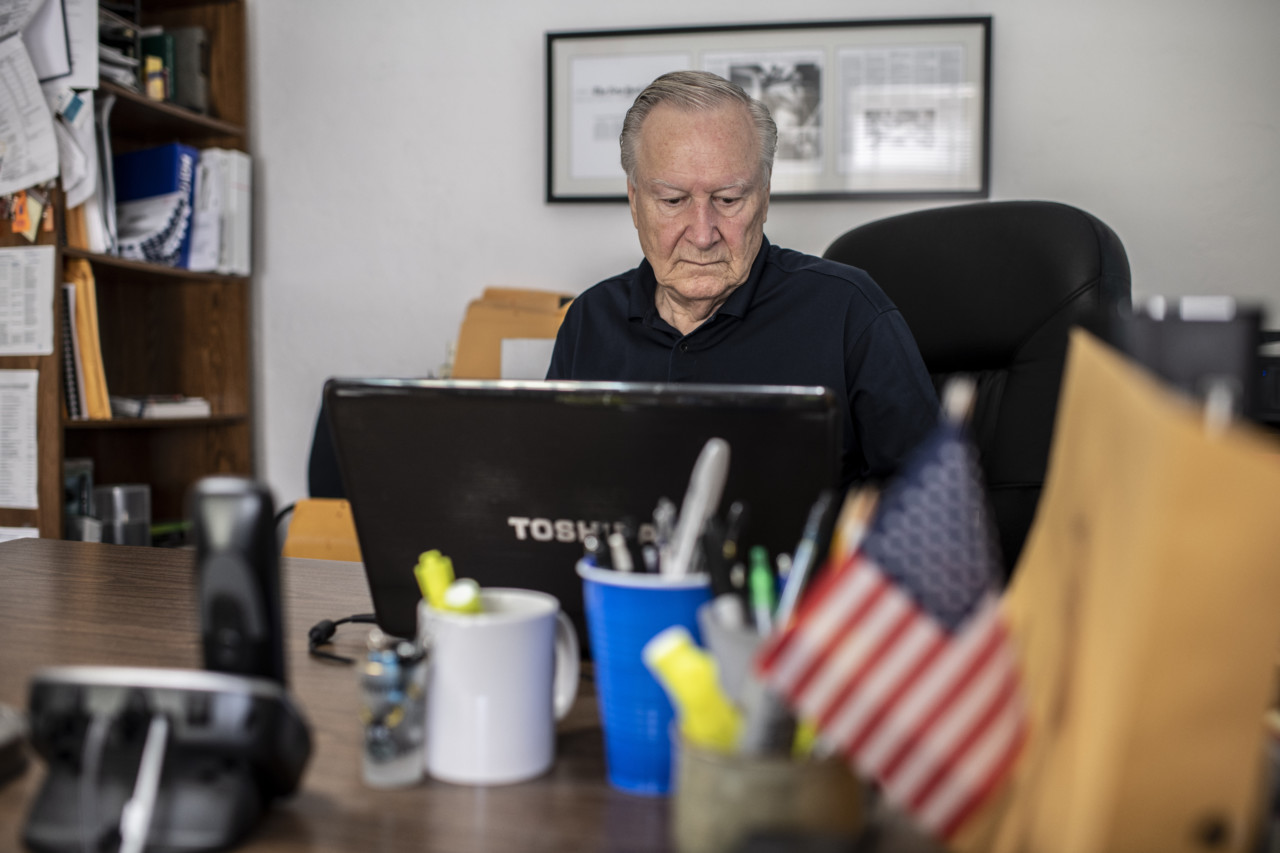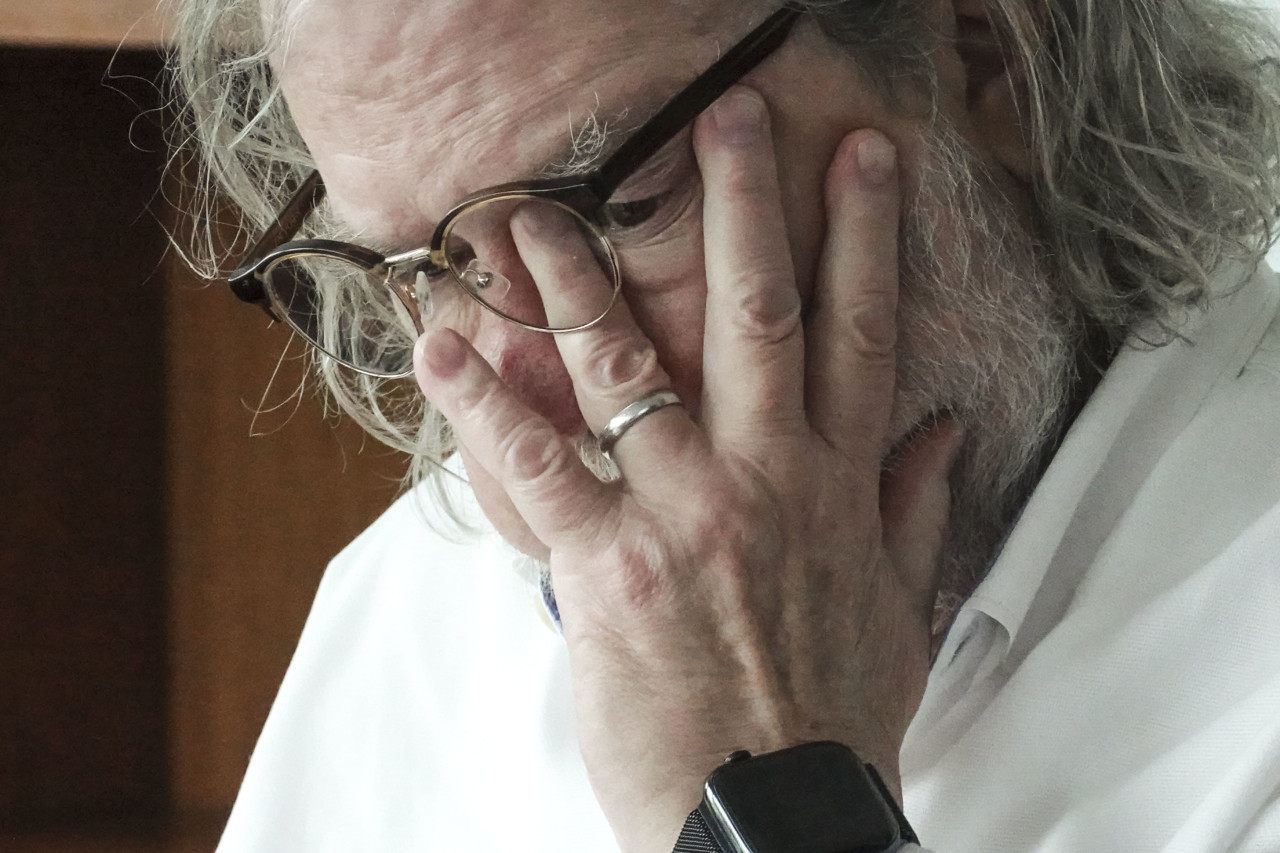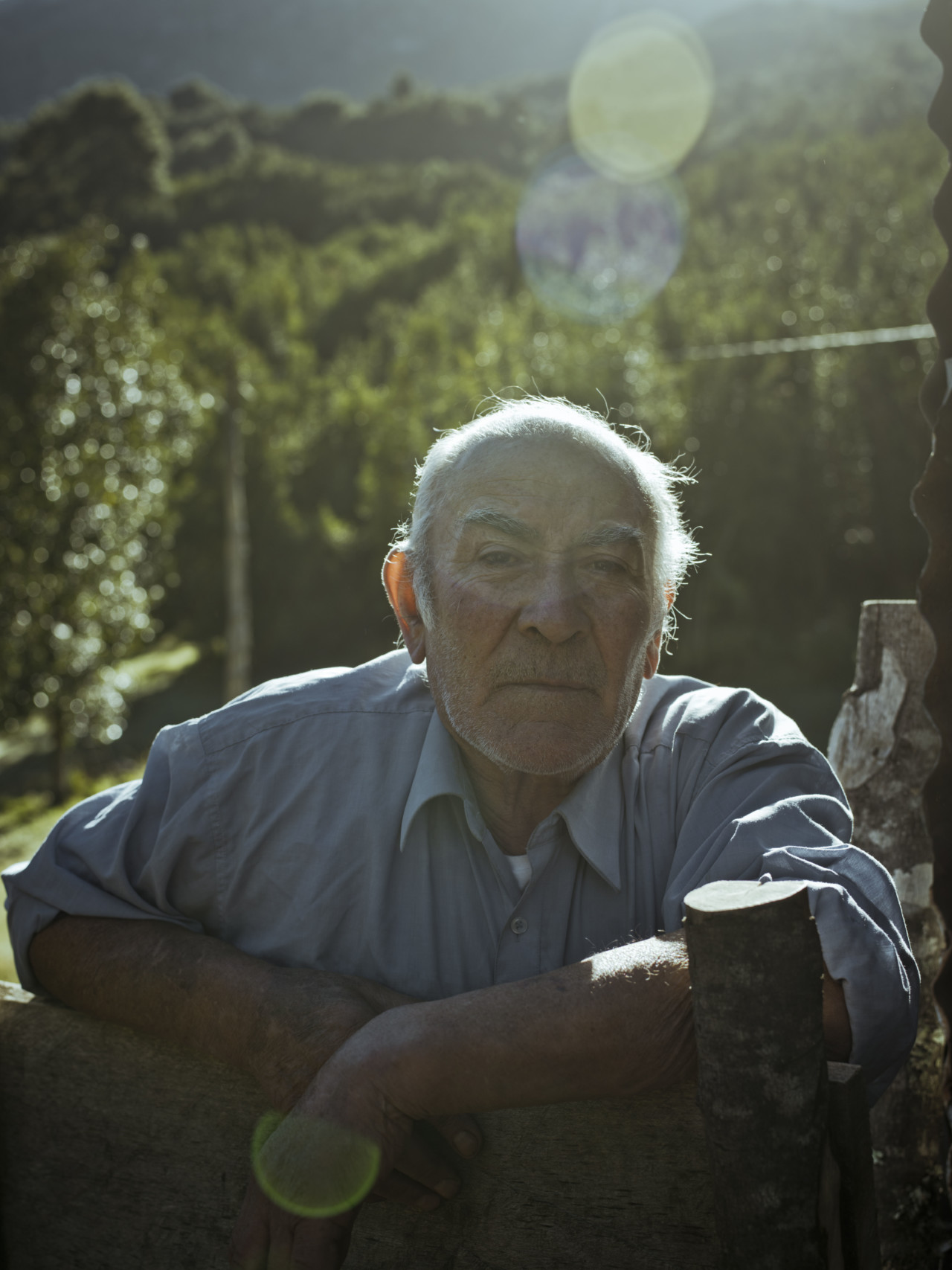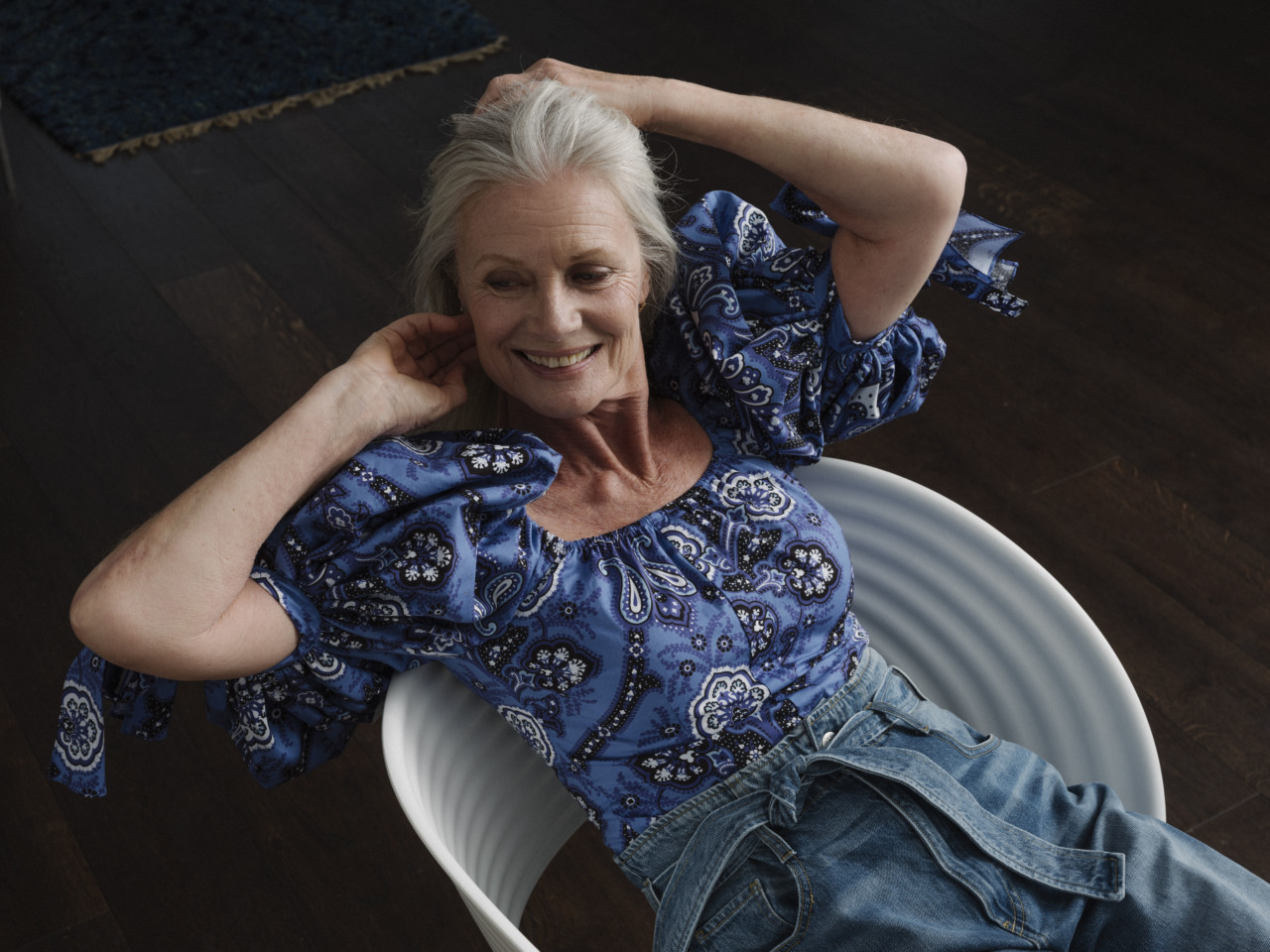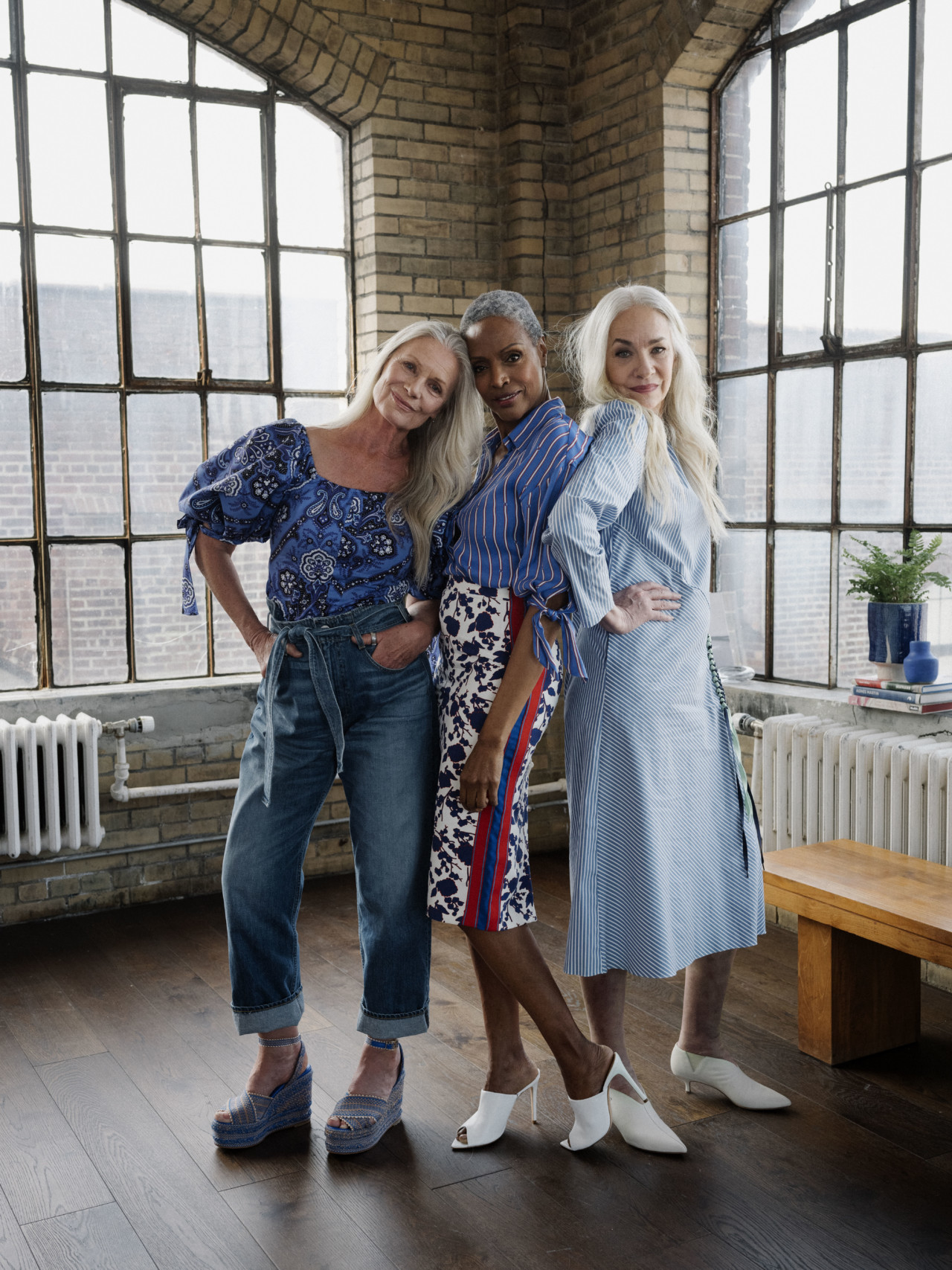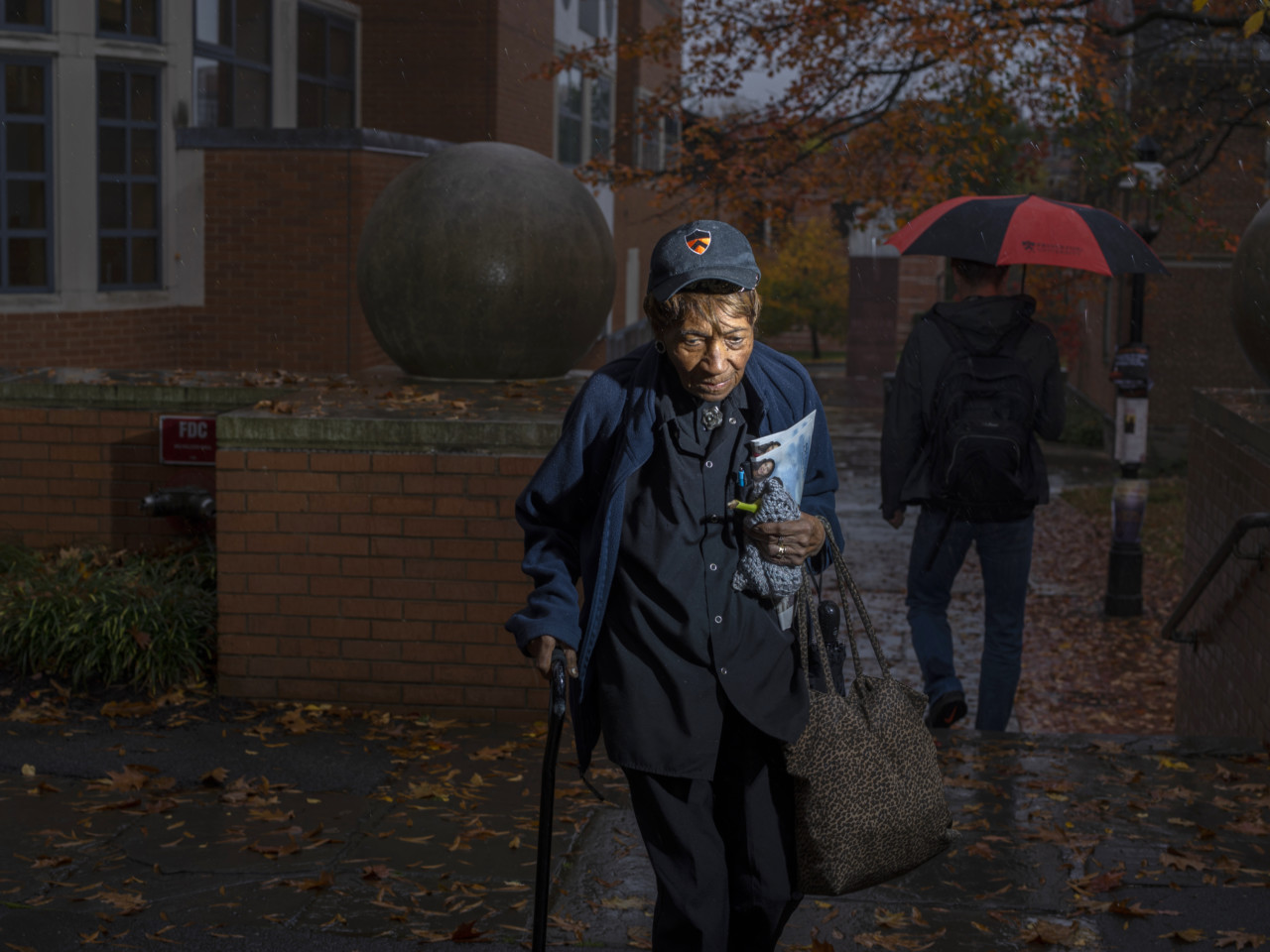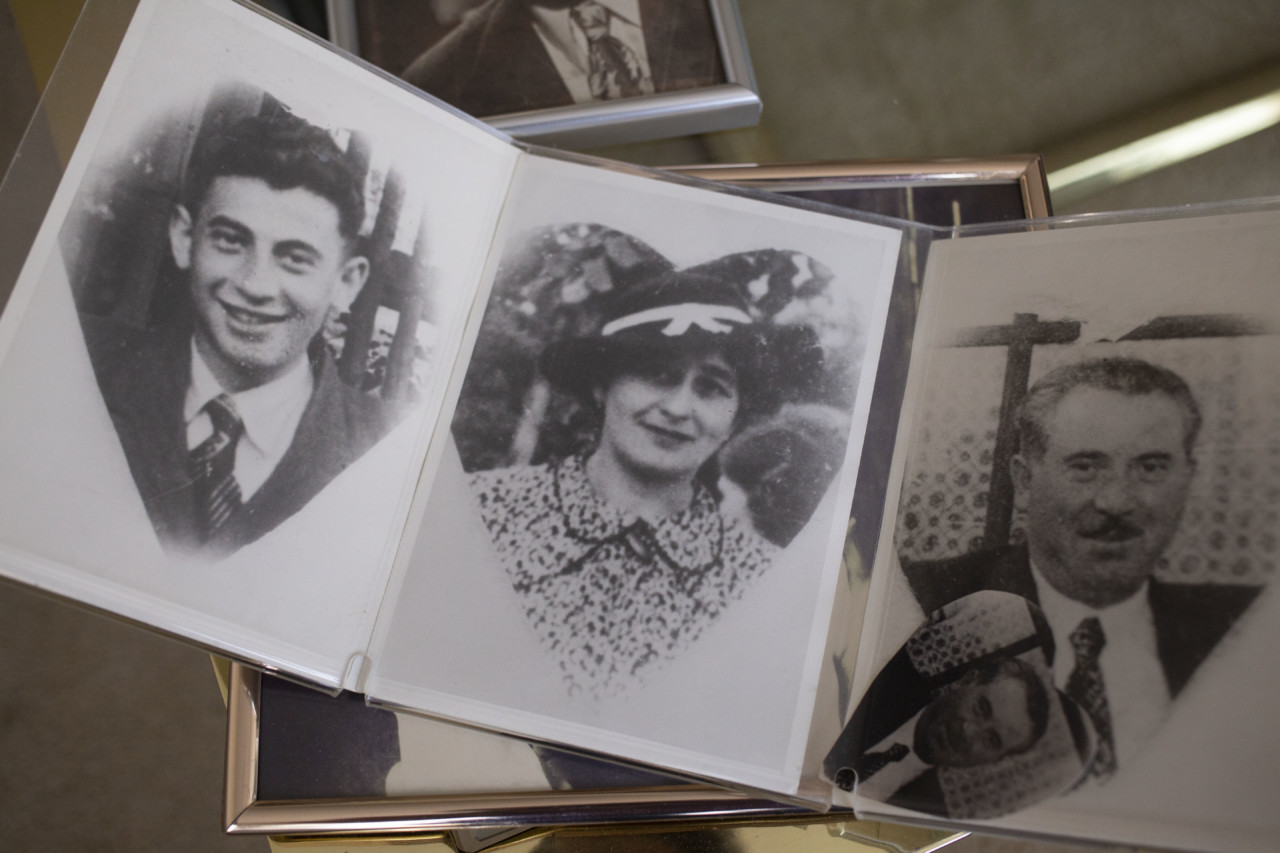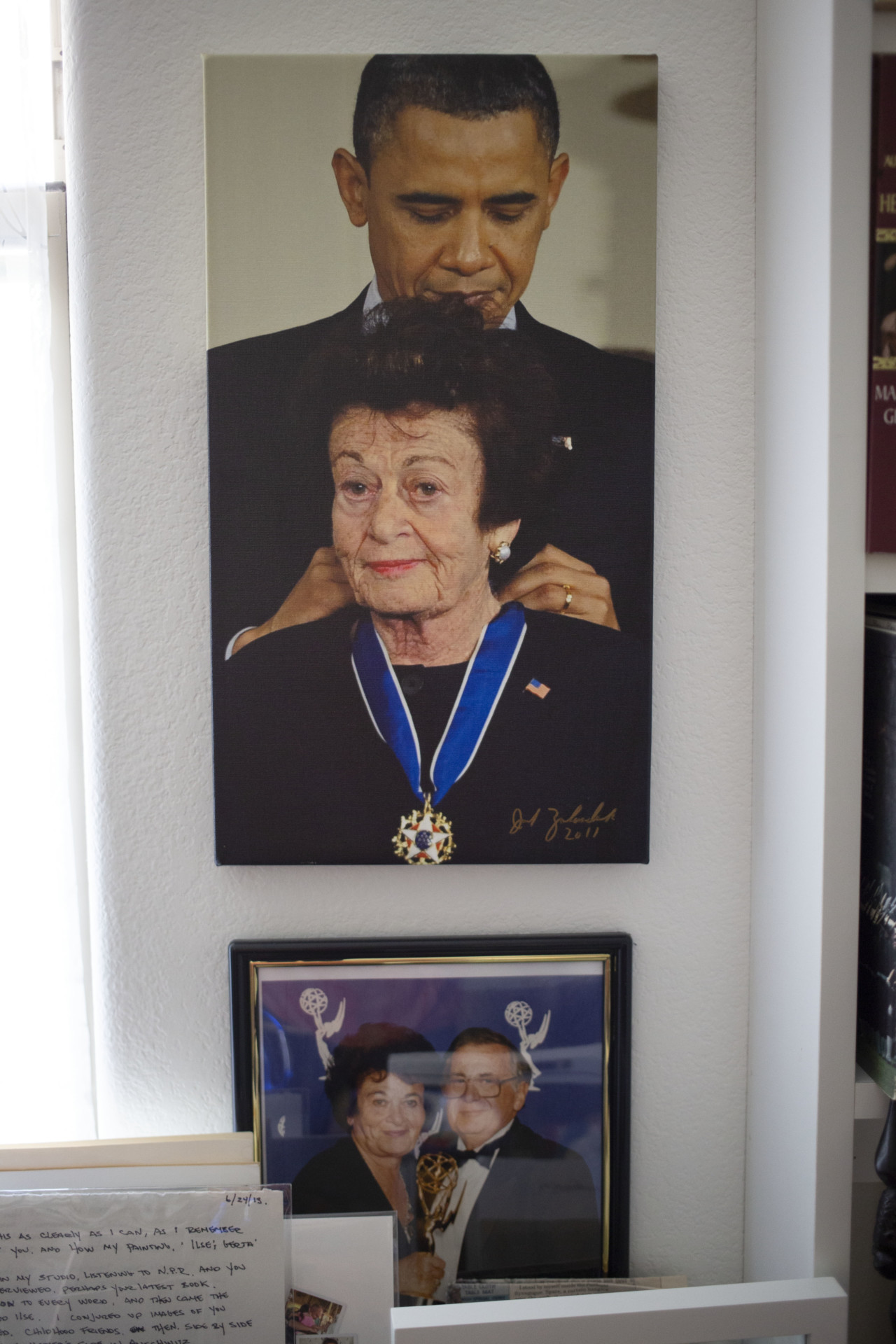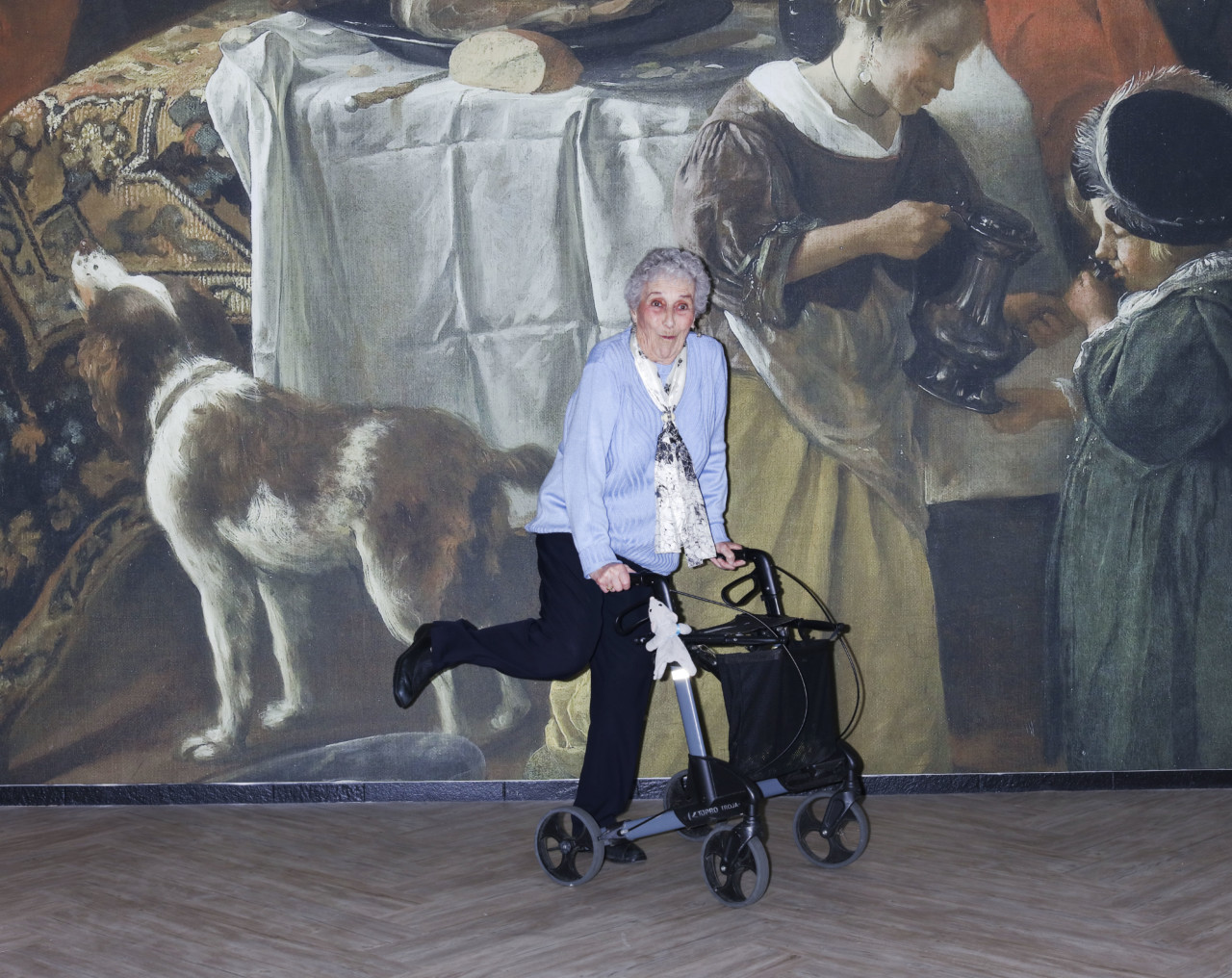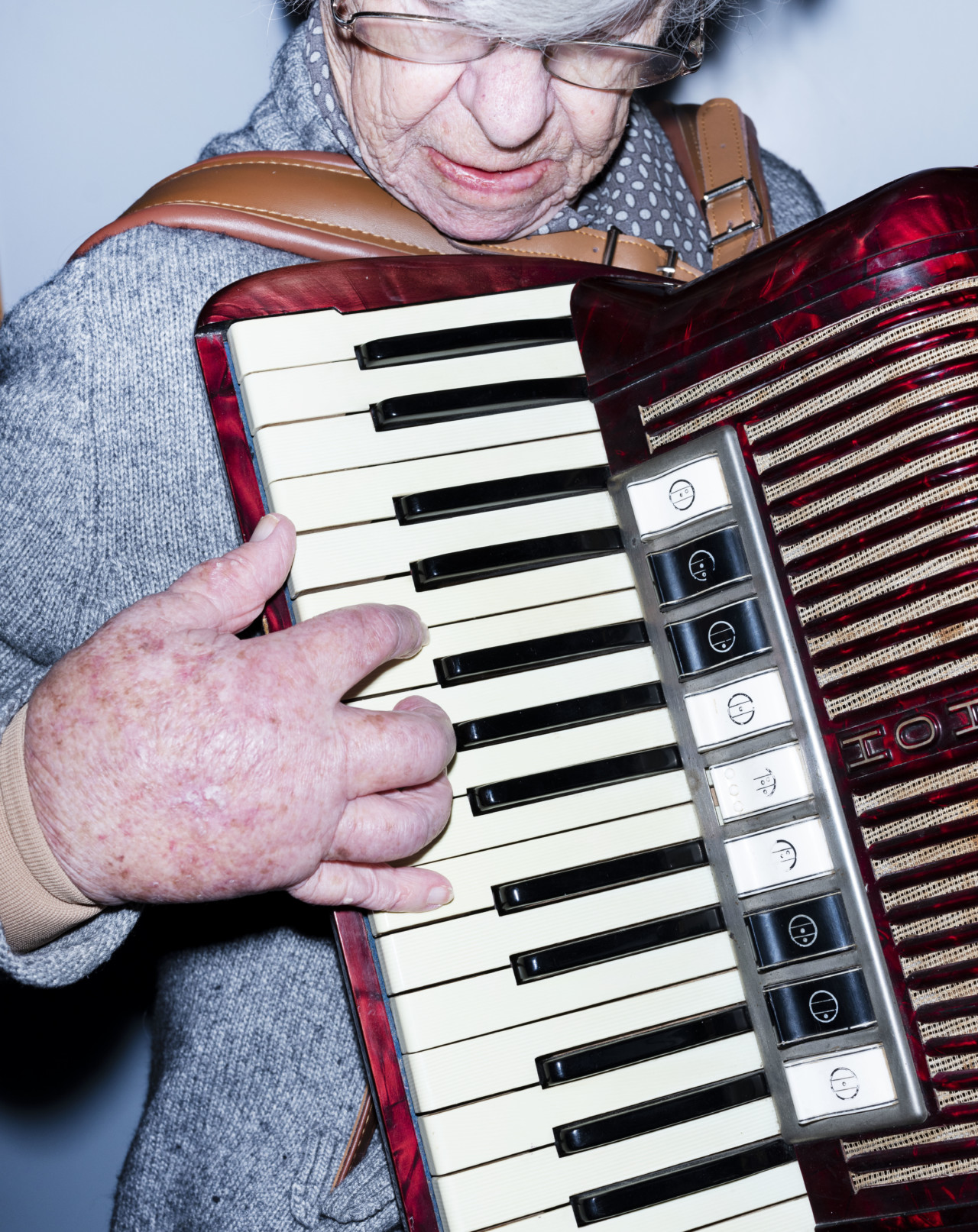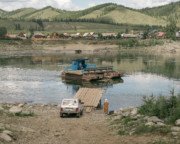A New Age
In response to a maturing global demographic, Magnum photographers capture the myriad stories of older persons around the world
Both in raw numbers and as a proportion of the world’s population, there are more people over 50 alive today than ever before. The American Association of Retired Persons (AARP) commissioned 21 Magnum photographers to capture stories of aging around the world, in responce to the challenges and opportunities that come along with this unprecedented demographic situation.
The photographers drew on the lives of extraordinary individuals as well as upon everyday stories. The people they encountered demonstrated the science of healthy aging, worked on groundbreaking research innovations, ignited new creative and romantic passions, and had dedicated themselves to giving back to their communities.
Here we present images from each story alongside an adapted version of the text presented by AARP.
Health, Mind & Body
More of us are living longer, more active lives than ever before. But better public health and key medical breakthroughs are just one part of the picture. No matter our age or abilities, from ski jumpers to dance-class regulars, staying active brings far more than physical benefits. It’s also a rich source of fulfillment, community and lasting relationships — and enjoyment knows no age limit.
For proof, look to the members of Norway’s Veterans Ski Jump Association, photographed by Jonas Bendiksen. The stalwarts of this grueling, gravity-defying sport are in their 60s, 70s and 80s and show no signs of slowing down. They’ve also achieved folk hero status for their decades of dedication to this beloved cultural pastime, which originated in Norway in the 19th century. Kåre Holmen was born in 1939 — making him among the oldest active competitive ski jumpers in the world.
The elderly of Mosul, Iraq (photographed by Moises Saman), are far too acquainted with war. Every decade since 1920, the city has been involved in conflict. The battles and skirmishes that occurred here in the past 20 years resulted in thousands of deaths of the country’s “sandwich generation,” causing many of Iraq’s grandparents to serve as the primary caregivers of their grandchildren, becoming parents for the second time. Despite the bombings and airstrikes, Talal Hassoun Kader, 66, continues his daily exercise routine that started in his youth. The weightlifter represented his country in dozens of international competitions, including the 1980 Moscow Olympics. Today he is one of the most famous blacksmiths in Mosul and works four or five days a week. After finishing a day’s work, he lifts weights for an hour. His walls are covered with awards, medals and pictures of him on stage.
Health can also be a matter of community, with ripple effects for generations to come, as discovered by Chien-Chi Chang. After blood transfusions helped save his life during a major surgery at age 14, James Harrison, now 82, committed to becoming a blood donor himself. He gave blood regularly for nearly 60 years, donating more than 1,100 times. Doctors were able to use a rare antibody in his blood to produce an injection that prevents a serious, and sometimes fatal, condition in which a pregnant woman’s immune system attacks her unborn baby’s blood cells. According to Australia’s Red Cross Blood Service, Harrison has helped to save the lives of more than 2.4 million Australian babies, including his own grandson.
In Chongqing, China, Sim Chi Yin captured dancers moving with ease at Bao Zhu, one of the city’s dozens of popular dance halls. The mix of ballroom, Latin and modern rhythms helps the dancers to feel less isolated in a country where, until recently, couples were allowed to have only one child, and young adults frequently relocate long distances for work.
Scientists have not yet uncovered all the secrets to super-longevity, but one thing is certain: Okinawa, Japan, is a very, very good place to grow old. A recent count lists more than 900 people on the islands of Okinawa over the age of 100. Jim Goldberg encountered elders who have clear roles of responsibility and a feeling of purpose well into their triple-digit years. For some, this purpose means gathering frequently with friends in a “moai,” a tight social network that brings the sense that someone is always looking out for you. Even if it’s simply partaking in a game of bowls or dressing in costume to sing karaoke, these Okinawans get together to participate in youthful activities.
Age is a Gift
Love, creativity, happiness: Those are a few of the rewards that a long life can bring. With longer lifespans come challenges and choices. Can we find inspiration for new passions and the confidence to move away from the familiar? Can we sustain our longest friendships, and enlarge our capacity for compassion and curiosity about the world? Age, it seems, opens doors to the world of dance, art, a second career, or finding love again with less worry about judgment. The people we discovered across six continents are making the most of their age and living life to the fullest, some to 100 or more.
The Carter Burden Gallery in New York City (photographed by Jérôme Sessini), nestled among a trio of exhibition spaces in the city’s Chelsea neighborhood, showcases works by painters, sculptors and mixed-media masters with one biographical detail in common: all are 60 or older. Pieces by previously undiscovered artists sell for prices ranging from several hundred to many thousands of dollars — market proof that the art scene isn’t just for younger up-and-comers.
In Ojai, California, illustrator and designer Zavier Leslie Cabarga, photographed by Larry Towell, has found a second career as a fine carpenter and cabinetmaker. Among his latest projects? His own tiny house, hand-crafted from the ground up.
Olivia Arthur captured the story of Lorraine Field, who, in her 30s, found herself suddenly free of a telecom company job in which she had felt constrained. Thanks to that layoff, she made a bold choice to return to school for a bachelor’s degree and then a doctorate in a field about which she is passionate: volcanology, the study of volcanoes. Now 54, she is a happy petrologist who studies rocks with the British Geological Survey and teaches at the University of Nottingham.
Lifelong learning
Other struggles for freedom are ongoing — and older adults are at the fore. In Maharashtra, India, at the Grandmothers School, about 30 women over 50 are learning to read and write. Many grew up in poverty, often without access to a primary education, unlike their brothers. Cristina Garcia Rodero spent time documenting these women as they embarked on their journey in education.
The needs of a changing world are a guiding force for Deborah Carlos-Valencia, 69. With one in every 30 people living outside their birth country, the world’s current population of migrants is the largest ever — and Carlos-Valencia knows the refugee experience from both sides. In Athens, Enri Canaj followed the day-to-day life of Deborah and her husband, Joe, who emigrated from the Philippines to Greece in the 1980s. Together they run a daycare center for migrant children in Athens, named Munting Noyon. Deborah also co-founded a non-profit called the Melissa Network of Migrant Women in Greece. Named after the Greek word for “honeybee” because of the group’s buzzing hive of activity, the organisation helps recently arrived refugees build new lives and learn vital citizenship skills.
Innovation and Entrepreneurship
Technology continues to fuel a new age of innovation on many fronts, and the forward-thinking scientists, executives and trailblazers we photographed only see expanding transformation for those 50 and up.
Lindokuhle Sobekwa found that for Jennifer Riria, 59, being a trailblazer comes naturally. A couple of decades ago, it was difficult to find female entrepreneurs in Africa, but today women all over the continent are running successful businesses. Riria is one of the reasons why. Born into poverty in rural Kenya, she got herself through school with her parents’ help and in 1991 joined a microfinance institution teetering on failure. Since then, she has stabilized it and climbed to the rank of group CEO, rebranding the firm as Echo Network Africa.
Ottawa entrepreneur Bruce Linton, captured by Eli Reed, took advantage of new Canadian rules that encouraged commercial marijuana cultivation in 2013, to cofound his company Tweed. By 2014, as other businesses scrambled to get an edge in the highly competitive industry, Tweed became the first cannabis company in North America to publicly trade on a stock exchange. The comapny was renamed Canopy Growth in 2015, with Tweed as a subsidiary. Canopy has brought innovative new products, such as cannabis softgels, to the market while keeping pricing affordable for medical marijuana users.
Innovation isn’t always about the new, as reported by Carl de Keyzer. It can be about fresh and creative thinking using existing technology in groundbreaking ways. That’s something that retired octogenarian Curtis Rogers, creator of one of the world’s largest DNA databases, knows firsthand. Rogers initially created the GEDmatch database as a way to connect with relatives, but as the site grew, so did its potential. Law enforcement officials have now turned to it to crack cold cases. After decades of dead ends, California authorities used GEDmatch to identify and catch the Golden State Killer.
Ray Kurzweil, 71, is photographed by Gregory Halpern. As a director of engineering at Google and arguably the foremost futurist in Silicon Valley, Kurzweil leads a research team that collectively anticipates how technology can better help us think, learn and live. He also co-founded Singularity University in Silicon Valley, where future leaders study advancements in machine intelligence, among other subjects. One example of artificial intelligence is the adorable little brainiac named Pepper, capable of around 90,000 cheerful interactions with humans.
For James Allison, innovation starts small — cell-sized, to be exact. Allison, photographed by Peter van Agtmael, has always been fascinated by the blood’s disease-fighting T cells, and last year the PhD scientist’s groundbreaking research into the cells’ function earned him a Nobel Prize. The work has also led to the development of a new class of immunotherapy drugs called immune checkpoint inhibitors, which are helping some last-stage-cancer patients to survive for years longer. Allison offers his young colleagues the same advice that has guided him: “Find something you’re interested in. Follow your heart.”
Preserving Tradition
As the world around us changes, so does our way of life. But even as new technology, innovation, experience and education shape the forces of modern life, traditional values and skills are being preserved in places around the globe, as Cristina de Middel discovered. Chile’s gauchos, the rugged cattlemen who call some of the country’s most remote regions home, are preservationists, bringing the old ways into a modern world.
Seen as a rejection of European modernization, the gauchos of South America are not unlike American cowboys in representing romantic ideals of the past. But men like Horaldo Soto, 51 (seen riding his horse, El Engaño) are plenty active today. Living deep in a remote area of Chile called Valle del León, he’s up early on this particular day, transporting oxen on a four-hour journey to finish a new house he’s building before winter sets in. Soto’s family has been in this remote valley near the Argentine border for three generations. The valley first got electric power in 2010, but despite the residents’ isolation, they have a rich social life, helping each other with construction projects, visiting often and communicating frequently through a radio system.
Defying Limitations
For too long, the fashion industry saw age as something to fear or to nip and tuck away. At 67, Coco Mitchell, photographed by Olivia Arthur, is one of a growing number of older models helping to change that perception. “Beauty isn’t something that somehow stops as you get older,” says Mitchell, who broke barriers in the 1980s as one of Sports Illustrated’s first African American swimsuit models. “To me, beauty is never losing faith in who you are.”
Laura Wooten was photographed by Carolyn Drake. Aged 97, Wooten was the longest-serving poll worker in the state of New Jersey, having volunteered at every election at the polls in Mercer County since 1939. After retiring from her previous job at Princeton Medical Center, she began her employment in food service at Princeton University, where she was well-known by students and staff. Describing her poll work in an interview for the university website on October 29, 2018, she encouraged students to vote, saying, “Voting is your voice. That’s the only way you’ll get changes.” Wooten passed away on March 24, 2019 and is survived by her extensive family, which includes 31 great-grandchildren and one great-great-grandchild.
Gerda Weissmann Klein, photographed by Patrick Zachmann, likes to say that even a boring day is beautiful if you’re living in freedom. The 95-year-old Holocaust survivor, now residing in Phoenix, doesn’t take these words lightly. After she endured six years of Nazi brutality, she was liberated by U.S. troops — including Kurt Klein, who would become her husband and whose portrait she holds. The gift of survival inspired Klein to spend her life teaching tolerance and the blessings of American citizenship, a calling that earned her a Presidential Medal of Freedom.
Tom Budzinski and Frances Hodges found passion too, in new love. Budzinski, 65, and Hodges, 63, first made contact online; in 2018 they met in person at The Villages, Florida, and discovered that they both love music and travel and that they each have two sons. They fell in love instantly and are now planning a wedding. “We radiate love,” Hodges told Carolyn Drake. “We think the fact that we are older is important. It’s saying to each other, ‘I’ve waited for you for my whole life. You’re the absolute most special, wonderful person.’”
Managing Dementia
In the Netherlands, creative approaches help patients achieve well-being and autonomy, as reported by Rafal Milach. The Dutch have pioneered a unique approach to caring for dementia patients that’s considered among the best in the world. They have created respectful, socially rich environments so patients experience a sense of normalcy, which mitigates symptoms of the disease. Around the world, an estimated 50 million people are living with dementia — a number expected to rise to 152 million by 2050. While the population ages and the numbers grow, the search for a cure goes on.
On the outskirts of Amsterdam in Weesp, Netherlands, a lively community that mimics the way the real world looks and functions was created for people with dementia. Residents can enjoy working in one of several outdoor gardens, shopping in the home’s grocery store while using their own in-house currency, helping to make dinner, mailing a letter or package at the post office, or choosing to visit a pub or storefront club — all contained within the facility.
Another approach involves generational integration. The Humanitas long-term care facility in Deventer, Netherlands, requires college-age students to spend at least 30 hours a month socializing and helping its aging residents. In return, the students live on-site in modest, rent-free apartments. Altogether, six students share the building with 150 residents 70 and older, like Ans Meijer, who poses in front of a painting by Dutch painter Frans Hals. By looking to the Dutch for fresh, creative and respectful approaches, the future may be brighter for those living with dementia.








